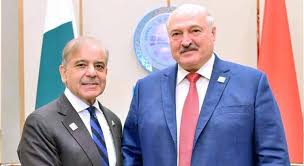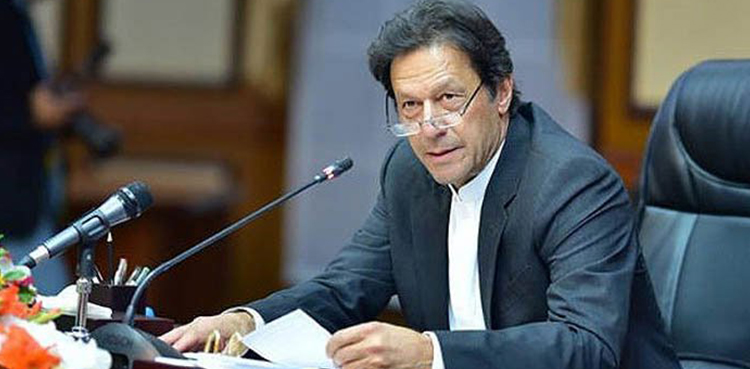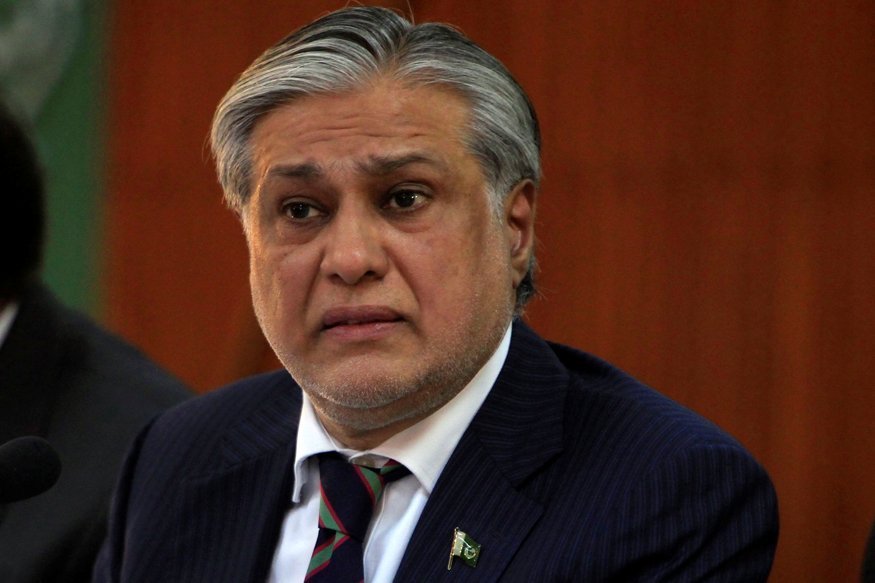May 28th is commemorated as ‘Youm-e-Takbeer’ i.e. the day Pakistan became a nuclear power and it still remains the only Muslim country to achieve this feat to present day. Youm-e-Takbeer is not merely a symbolic event but holds key historical significance as it reflects Pakistan’s undeterred resilience aimed at securing and asserting country’s national interest against adverse circumstances and immense opposition from both internal and external actors and forces.
Today we remember May 28th 1998 as the day when Pakistan cemented the ideological aspects of Pakistan Movement and the day that overtly averred to the world that ‘Pakistan is here to stay!’.
The Origins of Pakistan’s Nuclear Weapons Program
The foundations of Pakistan’s nuclear program can be traced back to the establishment of Pakistan Atomic Energy Commission (PAEC) in 1956; which despite being a purely civilian and non-military initiative/institution which aimed at exploring peaceful means of exploring, developing and utilizing nuclear technology, essentially provided valuable insight and critical know-how of nuclear technology which later contributed to Pakistan’s nuclear weapon’s program which was also complemented with the operationalization of KANUPP-I in 1972.
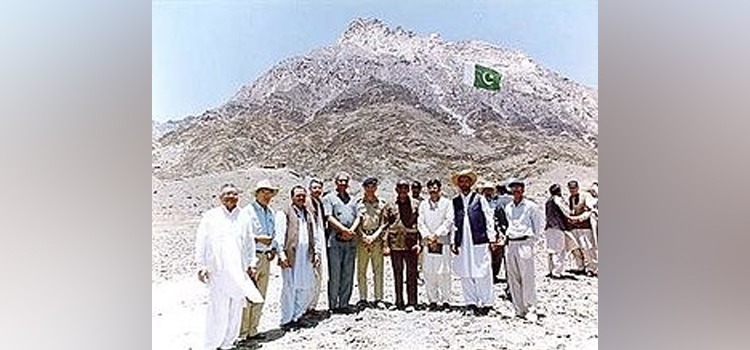
Initially, Pakistan hadn’t sought the weaponization of nuclear technology; however, this approach drastically changed following the aftermath of Indo-Pak wars of 1956 and 1971 which categorically defined neighboring India as an ‘existential threat’ to Pakistan’s territorial integrity and sovereignty.
India’s Ambitions
India’s nuclear weapons program which was initiated in 1967, the reports triggered alarm bells in Pakistan as the development was interpreted at the single-most potent threat faced by the country. PM Zulfikar Ali Bhutto duly recognized the need to counter India’s possible overwhelming hegemony if it developed nuclear weapons and Pakistan didn’t. In a statement in January 1972, PM Bhutto remarked that Pakistani scientist could essentially replicate the efforts of Raziuddin Siddiqui – aa Pakistani theoretical physicist who contributed in United States’ ‘Manhattan Project’ as well as United Kingdom’s nuclear program.
India’s fast-paced nuclear program with evidently detrimental outcomes for Pakistan prompted the latter to expedite its efforts in the establishment of Pakistan’s own nuclear weapons program titled ‘Project-706’.
‘Project -706’ And West’s Opposition
Project-706 or Project-726 was the codename given to Pakistan’s nuclear weapons program which aimed at developing nuclear weapons is response to the India’s nuclear weapons program and to deter the immediate threat posed by the neighboring country.
Invigorated with patriotism and the self-less will to serve the motherland, Pakistani scientists such as Dr Abdus Salam – a Nobel laureate and theoretical physicist, Munir Ahmed Kham – Chairman PAEC, Dr Riaz-Ud-Din, Dr Fayyaz Uddin, Dr Masud Ahmad, Dr Faheem Hussain and most notable Dr Abdul Qadeer Khan and several others who zealously worked tirelessly to achieve what then seemed impossible.
Pakistan’s nuclear weapons program faced overwhelming opposition and hurdles from the west, most notably United States. Foreign intelligence agencies had been critically vigilant in digging into details pertaining to the Project-706.
Not only Pakistan faced the possibility of sanctions, country’s nuclear weapons program was also threatened by espionage and even the possibility of attack on Kahuta nuclear facility by India and other foreign forces.
In December 1972, Pakistani intelligence agencies apprehended French Ambassador to Pakistan, Pol LeGourrierec, and his First Secretary, Jean Forlot who were caught red-handed with spying gear near Kahuta Research Laboratories (KRL) nuclear facility with the later revelations indicating that the duo was in fact recruited by United States’ CIA.
Moreover, Israel and India intended to launch a joint airstrike on KRL nuclear complex. However, their intentions were effectively thwarted when PAF’s aggressor squadron intercepted Israeli fighter planes in close vicinity to Pakistan’s northern border and even managed to secure a missile lock in Israeli jets forcing the latter to retreat.
A.Q. Khan As Leading Figure
Abdul Qadeer Khan aka ‘father of Pakistan’s nuclear bomb’ was the leading and most prominent figure of Pakistan’s nuclear weapons program. As a nuclear physicist and metallurgist, he led the uranium enrichment program which was essentially the key to Project-706.
With the nickname ‘centrifuge Khan’, A.Q. Khan was a pioneer in uranium metallurgy and isotope separation based on gas centrifuges which played a center role in the 1998 nuclear tests conducted by Pakistan.
Khan played a notable role by resolving various problems concerning uranium centrifuges and together with G.D. Alam he successfully separated 235U and 238U Uranium isotopes.
The D-Day
In response to India’s Pokhran I and Pokhran II nuclear tests in May 1974 and May 1998 respectively, Pakistan conducted a total of six underground nuclear tests codenamed Chagai-I and Chagai-II nuclear on May 28th and May 30th respectively at Ras Koh Hills in Balochistan.
The momentous event elevated Pakistan’s global stature as sole Muslim country possessing nuclear weapons bur most notably Chagai-I and Chagai-II nuclear tests effectively deterred India from any misadventure and aggression challenging Pakistan’s territorial integrity and sovereignity.
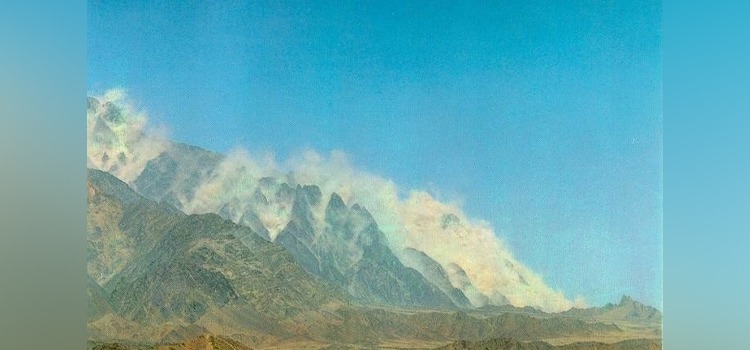
Despite the fact that nuclear tests resulted in severe backlash from the west notably US, Japan, Canada, Sweden, Australia along with IMF which imposed several economic and trade sanctions, Pakistan had not only maintained its principle stance as to why it has the right to possess nuclear weapons, but the country had since then significantly increased its nuclear weapons’ stockpile with second and third strike capability enabling the country to retaliate against any aggression from the Indian side also. The UNSC passed Resolution 1172 condemning Pakistan’s nuclear tests as the west tried its utmost to coerce Pakistan into surrendering its nuclear weapons program and sign Comprehensive Nuclear-Test-Ban Treaty (CTBT) – a multilateral treaty banning nuclear tests.
What The Future Holds
Ever since that fateful day 23 years ago, Pakistan has faced continuous and quite frankly baseless allegations regarding the security of its nuclear arsenal. Pakistan, on multiple occasions has reiterated and proved country’s infallible nuclear security. Irrespective of the world-wide opposition and outcry over Pakistan’s nuclear weapons stockpile has increased over the years with notable advancements in technology and delivery mechanisms/platforms, a process which is likely to continue in the future as well. As of today, Pakistan can ensure a retaliatory second and third nuclear strike via its land, sea and airborne assets aka ‘nuclear triad’.
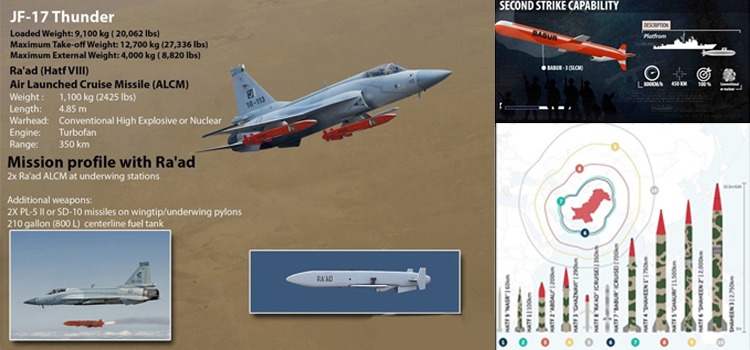
Additionally, Pakistan has effectively utilized nuclear power for civilian use non-military use i.e. electricity production. The PAEC operates Chashma and KANUPP nuclear power plant facilities which are producing in excess of 2,000 megawatts (MW) of electricity.
Pakistan is likely to grow its nuclear weapons arsenal and further explore new non-military use of nuclear technology which will not only bolster national defence capabilities but will also contribute towards technological advancements and growth in various fields.

















